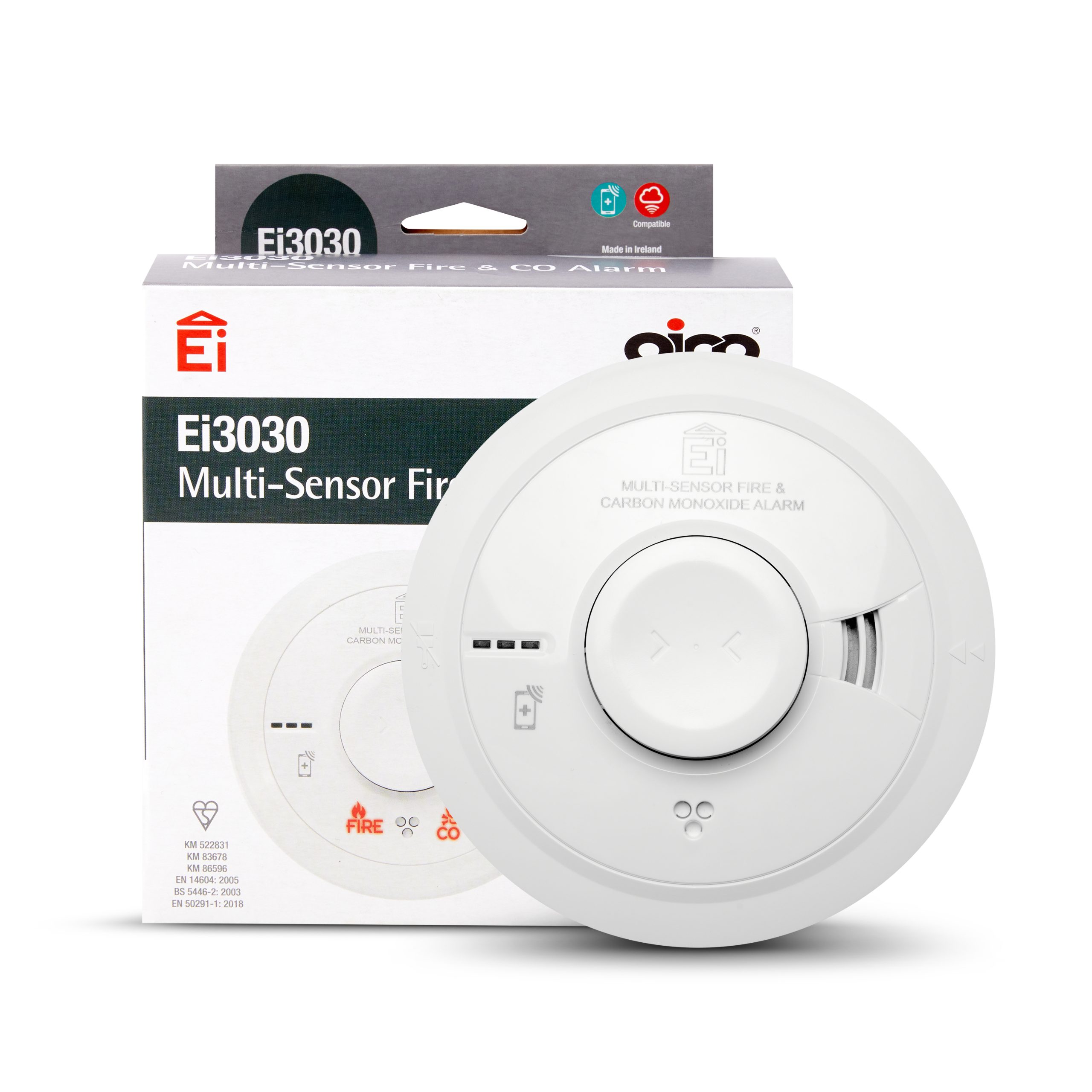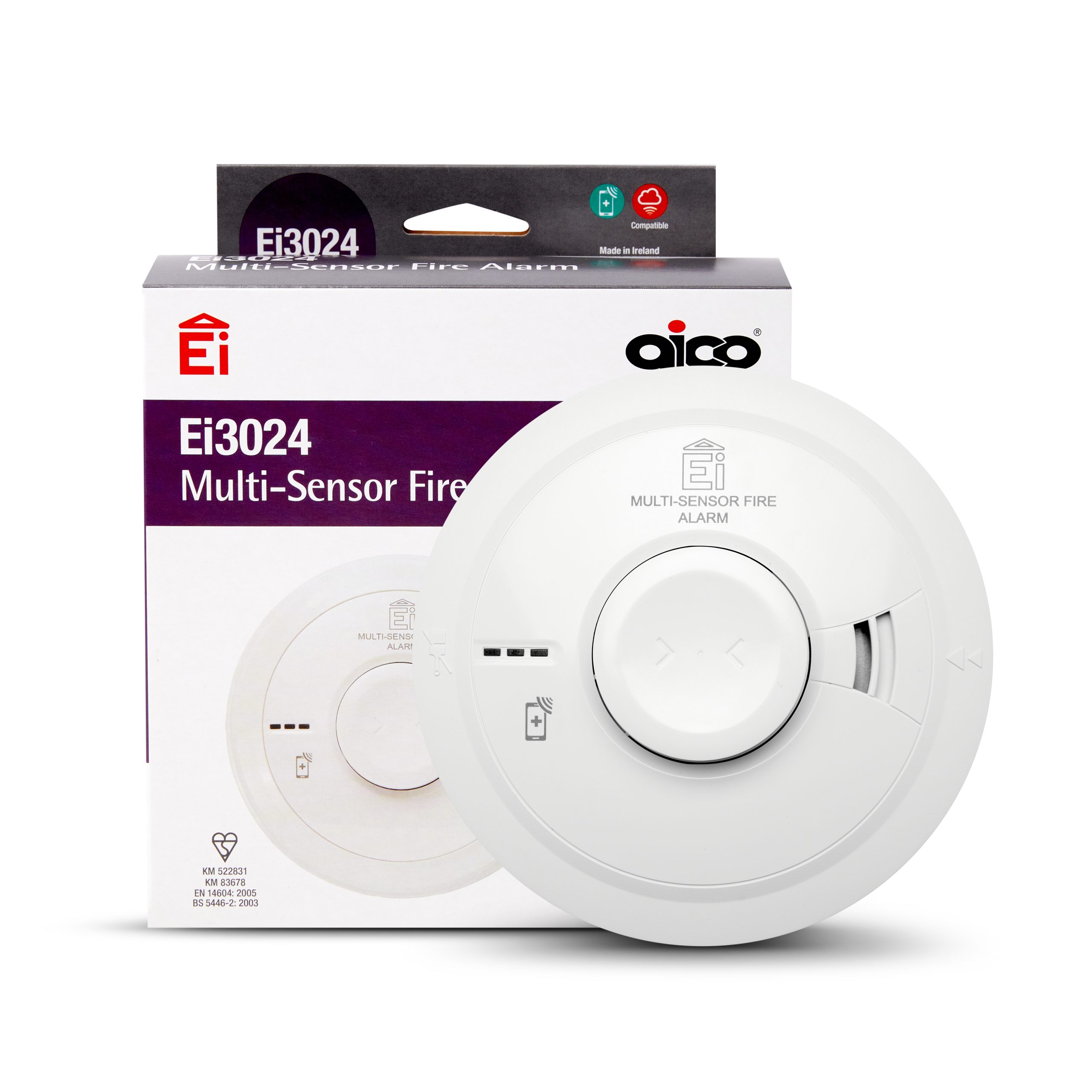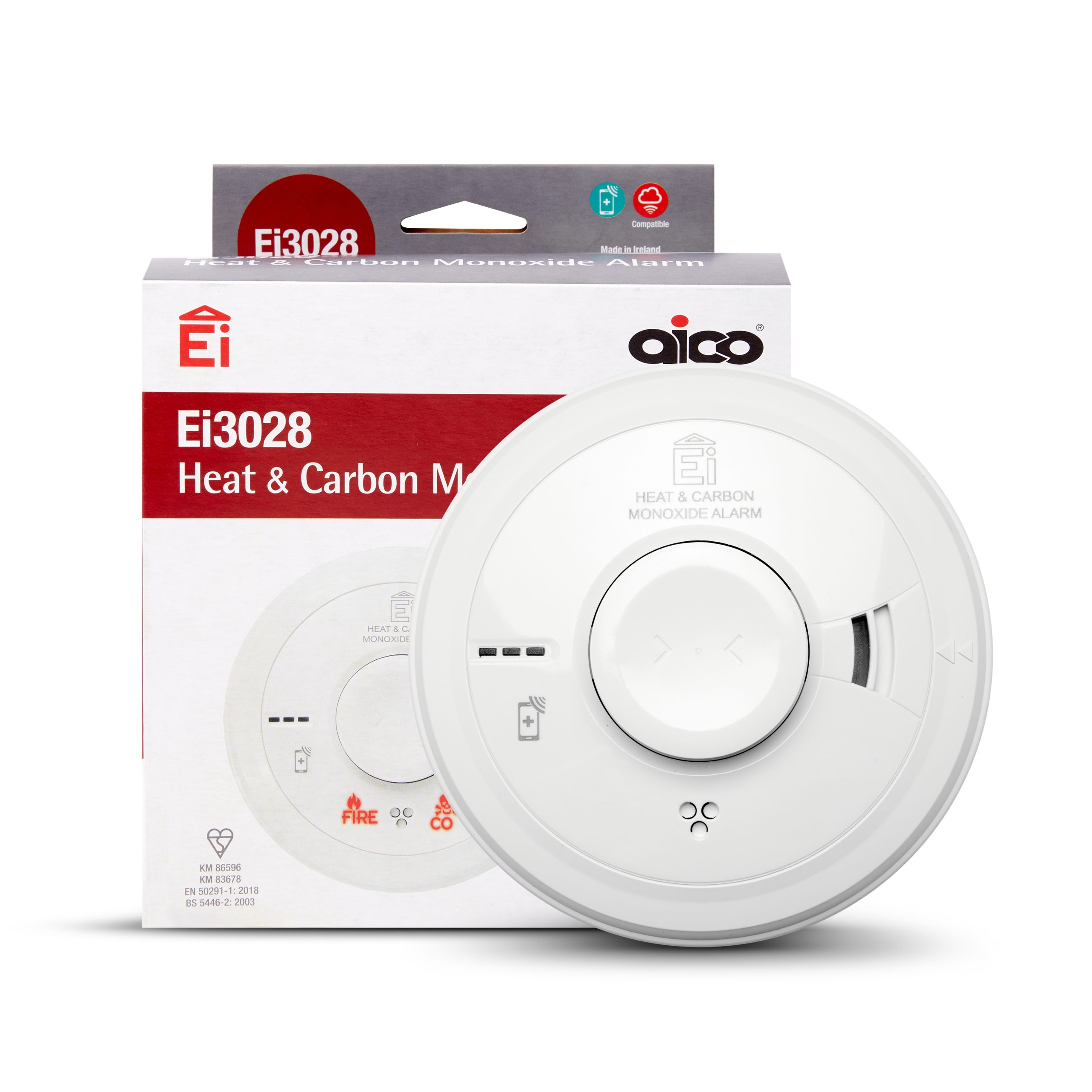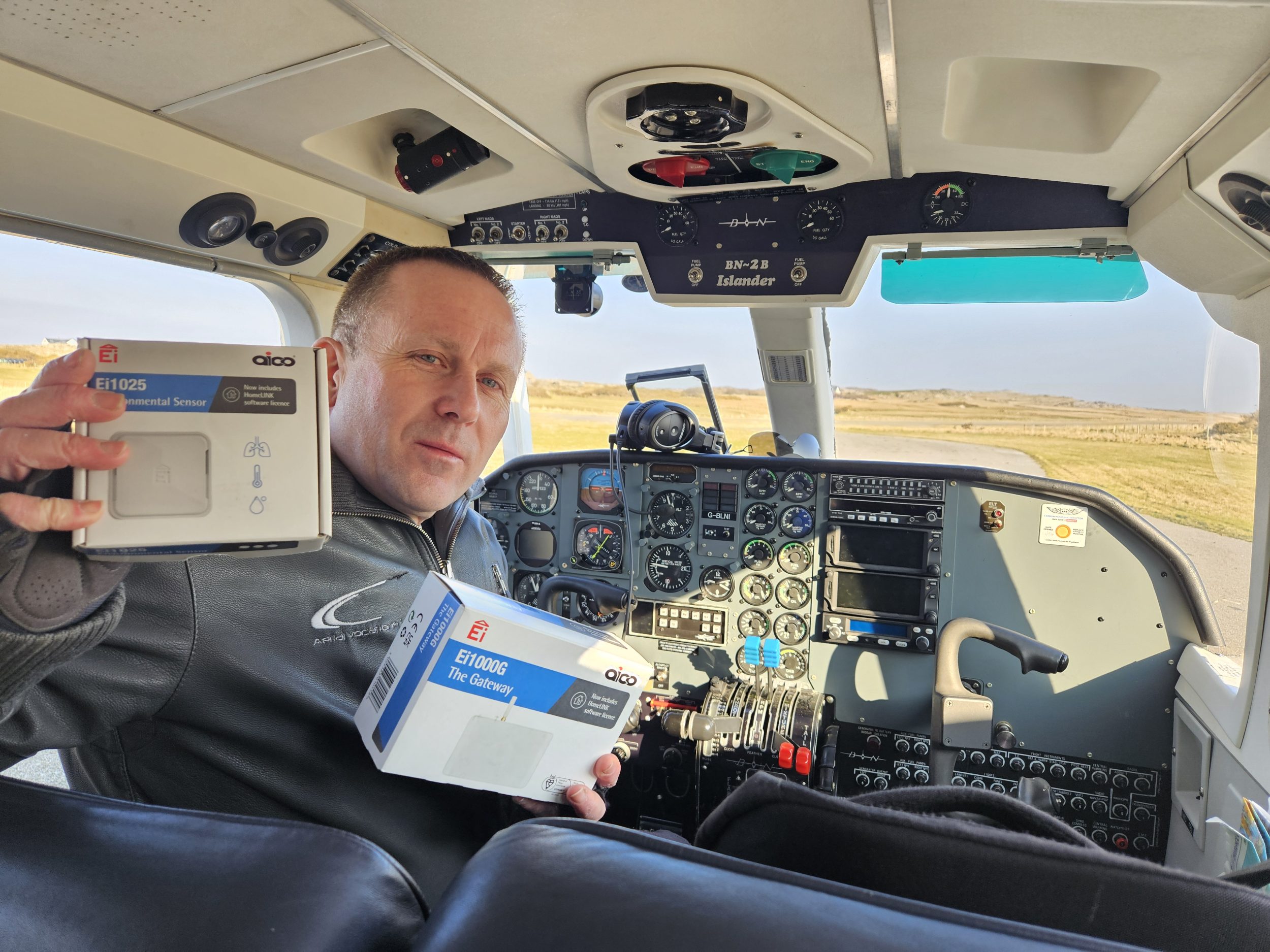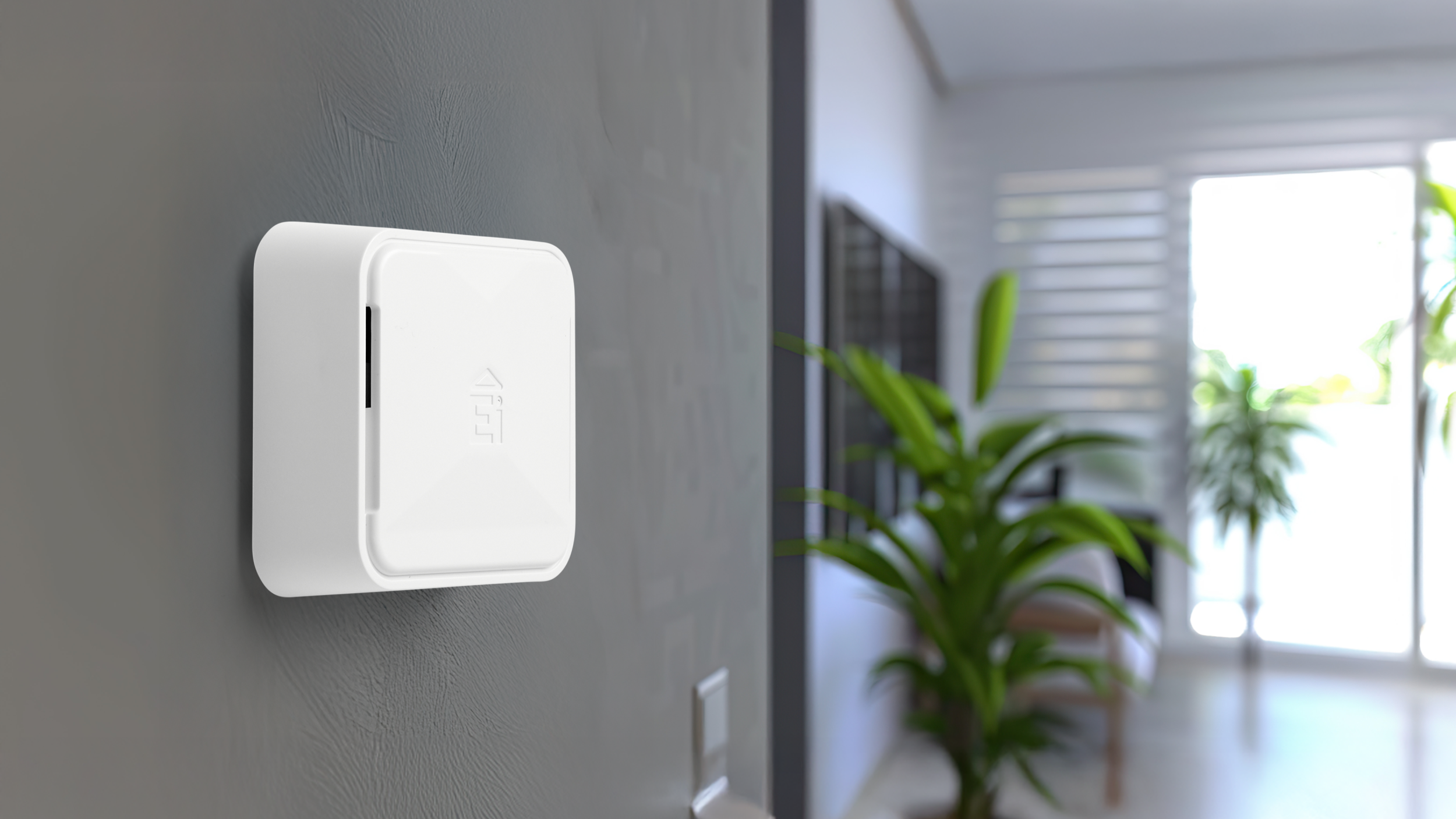Fire safety in domestic premises and the unintended additional risk

Whilst the housing sector continues to develop ways to deal with the damp and mould crisis, a number of solutions have been identified by social housing providers. One that is being spoken about more and more is the use of Positive Input Ventilation or PIV units as they are more commonly known. PIV Systems work by encouraging the movement of air from outside to inside via a unit that is usually installed in a loft. These units reduce or eliminate surface condensation altogether by replacing humid stagnant air with fresh filtered air.
So what is the unintended additional risk?
As Registered Social Landlords (RSL) Asset and Maintenance teams combat their damp and mould response, the need to ensure that the thought that goes into product placement and fire protection systems within their properties is great. As these units are predominately mounted within loft spaces and by nature of the way they work (they continually ventilate the property) there are requirements for 3-storey homes or properties that have a storey 4.5m above ground.
As outlined in Approved Document B and in line with the manufacturer’s instructions, the units must be interlinked to the smoke detection system so that in the event of a fire activation, the supply is isolated to ensure the PIV unit is no longer working.
British Standards for installing PIVs
BS5839-6:2019+A1:2020 looks at all domestic premises, within the British Standard section 11.1.1 states:
“In 2019 it is increasingly common for electrical equipment to be installed in loft spaces, particularly in premises fitted with photovoltaic power systems and other plant (e.g. boilers). In such cases, a Category LD2 system needs to incorporate a smoke detector within the loft space.”
As a PIV unit is connected to the electrical installation and will be located within a loft space, we would always recommend firstly that the loft space is provided with a detective device such as the Ei3024 Multi-Sensor alarm to ensure compliance with the British Standard.
And secondly, as BS5839-6:2019+A1:2020 also references fire risk assessments, section 4.1 states:
“In order to maximize the cost–benefit of a fire detection and fire alarm system, it is essential that the system design be appropriate to the fire risk. Accordingly, the design of any fire detection and fire alarm system installed in accordance with this part of BS 5839 needs to be based on a good understanding of fire risk in domestic premises.”
Thought and consideration should be given to interconnecting all PIV units to the smoke detection system, through a relay device such as the Ei414 RadioLINK+ Fire/CO Alarm Interface so that in the event of a fire activation, the supply is isolated to avoid a flow of air fuelling any fire event.
So as new equipment and materials come into consideration within domestic properties, there needs to be a continuing “Golden Thread” of thought with regard to any potential risk and how to correctly manage the risk with a well-thought-out and designed smoke and carbon monoxide (CO) detection system.
If you require more information, please contact your local Regional Specification Manager.
Written by Gareth Butler, Regional Specification Manager for West Midlands.
